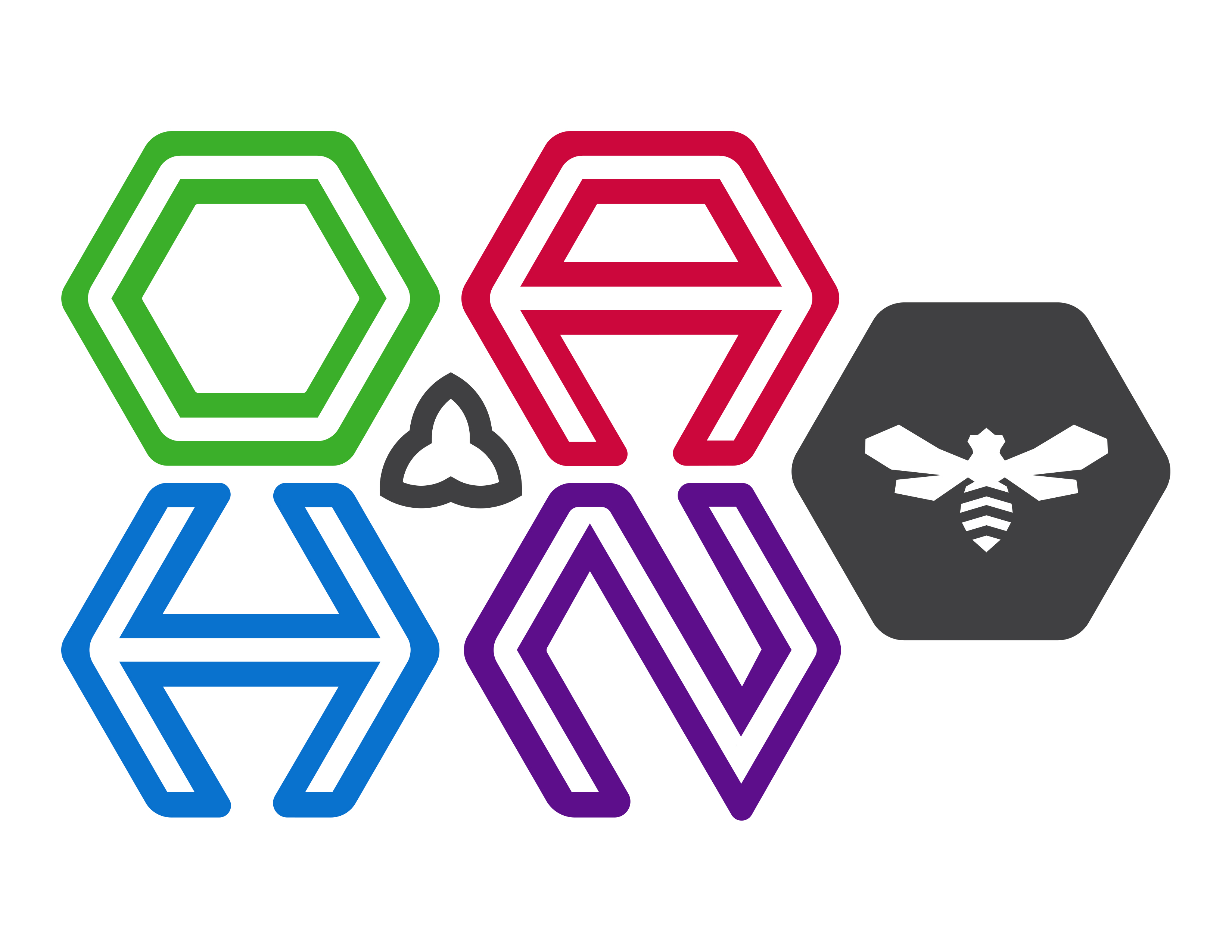OAHN Bee Project: Paenibacillus larvae spore testing in Ontario honey bee colonies

Project Lead: Olaf Burke, Britteny Kyle
Collaborators: Katie Clow, David Pearl, Stephen Pernal
Summary
American foulbrood (AFB) is a devastating bacterial disease of managed honey bees (Apis mellifera). The causative agent, Panebacillus larvae, produces spores that cause a fatal infection in young susceptible larvae, and that are highly resistant and persistent within the environment (Hansen, H., & Brødsgaard, 1999). Ontario has data on the prevalence of clinical cases of AFB, but there has only been one pilot study done to date on the number of colonies that contain spores in the absence of clinical signs (Zoethout et al., 2018). Furthermore, there are a number of samples that can be collected from a colony for detection of spores, but little is known about beekeeper preferences and ability to collect the various samples. This project aimed to build upon previous work to determine the prevalence and range of spores present in a larger sample of beekeepers across a large area of the province, as well as to collect data on what beekeepers thought about spore testing.
A recruitment poster was sent to one contact known to the research team at four local beekeepers’ associations – Middlesex, Oxford, Elgin Beekeepers’ Association; Grand River Beekeepers’ Association; Golden Horseshoe Beekeepers’ Association; and Durham Region Beekeepers’ Association. Twenty-six beekeepers’ consented to participate in the study. Sampling took place at 54 different yards from the Southwestern, Central, and Eastern Beekeeping Regions from June through September 2024. One to four colonies were sampled at each yard, resulting in a total of 100 colonies sampled. During the site visit colonies were inspected for clinical signs of American foulbrood, samples were taken, and beekeepers were interviewed on their AFB management practices and opinions of spore testing. Samples collected included: 200 adult bees from a brood frame, with half place on ice and half submerged in isopropyl alcohol; 50 ml of honey from a brood frame; 50 ml of honey from a super (if available); and up to 50 ml of hive debris from the bottom board (if available). Frozen samples were submitted to the Animal Health Laboratory for bacterial culture. When a positive culture was encountered, the remaining 4 samples from the corresponding colony were submitted to verify results and check for agreement on spore counts between the various samples.
None of the 100 colonies had clinical signs of American foulbrood, while a small number of colonies had spores present. Testing was completed by the Animal Health Laboratory in December 2024. Currently data analysis is underway, with two manuscripts planned – one on the prevalence and range of spores found in the various samples, and one on the qualitative data collected from the beekeeper interviews.
References:
Hansen, H., & Brødsgaard, C. J. (1999). American foulbrood: a review of its biology, diagnosis and control. Bee World, 80(1), 5–23. https://doi.org/10.1080/0005772X.1999.11099415
Zoethout, J., McGrogan, M., Thurston, D., Eccles, L., Kozak, P., Haddad, W., Fabri, M. & Slavic, D. (2018). Culture, antimicrobial susceptibility and molecular typing of Paenibacillus larvae. [Poster Presentation]. Ontario Animal Health Network, Canada.

